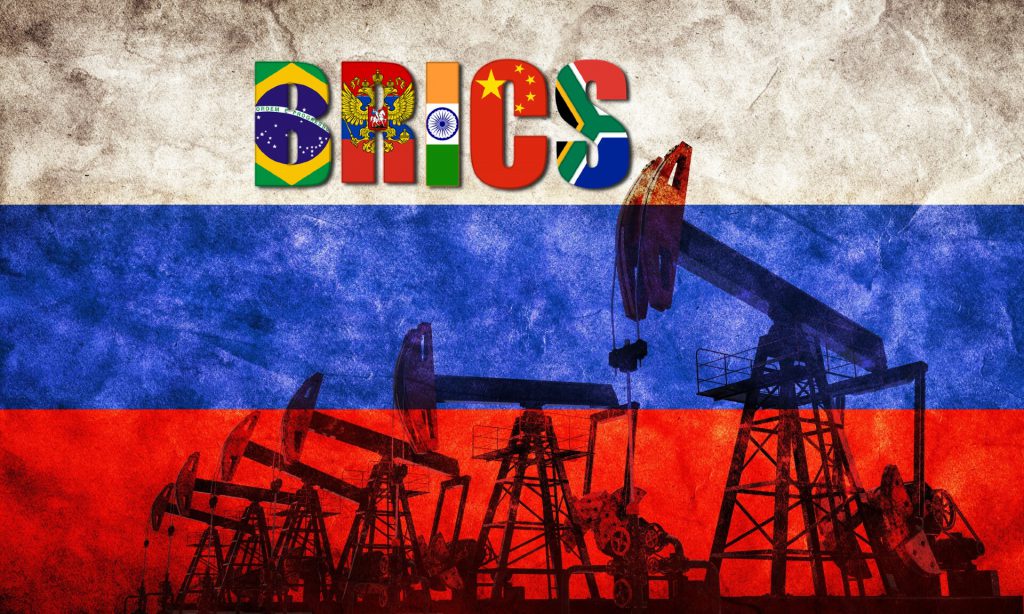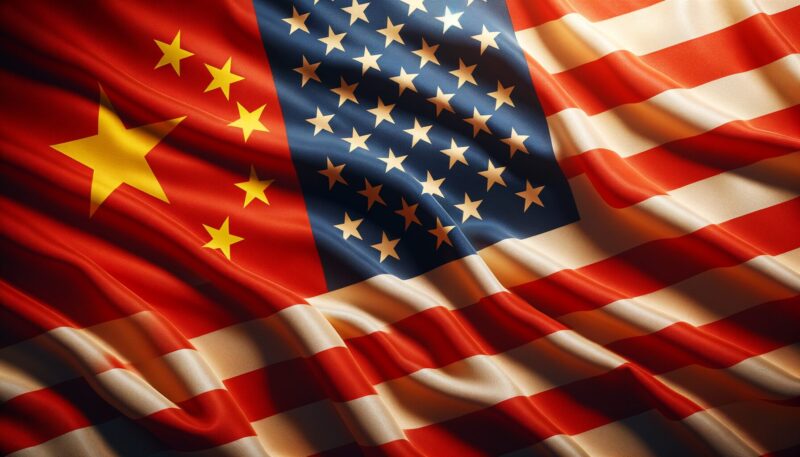Trump’s tariffs targeting China and BRICS could actually reach 100% as President Trump threatens unprecedented trade measures against Beijing’s Russian oil purchases. The latest updates on Trump tariffs on China show escalating tensions right now, with today’s Trump tariffs China announcement aimed at BRICS Russia oil trade while also pushing for a NATO oil ban among alliance members.
Also Read: China Launches Digital Counteroffensive Against Dollar-Backed Stablecoins
Trump Tariffs China Today And BRICS Russia Oil Impact Global Trade


Trump’s Tariff Strategy Targets China BRICS Russia Oil Trade
Trump’s new tariffs targeting China and BRICS form the centerpiece of a strategy that was announced Saturday. Trump posted that NATO members should actually implement tariffs of 50% to 100% on China, specifically targeting Chinese purchases of Russian petroleum right now.
Trump stated:
“China has a strong control, and even grip, over Russia, and powerful tariffs will break that grip.”
The latest updates on Trump tariffs for China reveal Trump would only withdraw these measures if the Russia-Ukraine war ends. China stands as Russia’s largest oil customer at the time of writing, with the BRICS Russia oil partnership operating through yuan-based transactions along with long-term supply agreements.
NATO Members Under Pressure Over Russian Energy
Today’s Trump tariffs China announcement also targets NATO allies who are purchasing Russian oil. Turkey has actually been the third largest buyer of Russian oil since 2023, following China and India, according to the Centre for Research on Energy and Clean Air. Hungary and Slovakia, both NATO members, also purchase Russian petroleum right now.
Trump had this to say about NATO’s energy relationships:
“It greatly weakens your negotiating position, and bargaining power, over Russia.”
A potential NATO oil ban discussion continues as Trump called NATO’s commitment to winning the war “far less than 100%” and described alliance oil purchases from Russia as “shocking.”
Previous Trade Escalation Patterns
Trump’s tariffs on China and BRICS follow established patterns of trade escalation that we’ve seen before. Earlier this year, Trump imposed 145% tariffs on Chinese goods, which prompted China to respond with 125% import taxes on American products. These measures essentially created what was described as “a blockade on commerce between the world’s two largest economies.”
The current relationship regarding Trump tariffs and China operates under reduced rates of 30% from America and 10% from China right now. Trump has also implemented tariffs targeting India’s Russian energy purchases, reaching 50% total.
International Response and Market Impact
Secretary of State Marco Rubio addressed recent Russian drone incursions into Poland:
“The question is whether the drones were targeted to go into Poland specifically. If that’s the case, that the evidence leads us there, then obviously that would be a highly escalatory move.”
Acting US Ambassador Dorothy Shea emphasized during an emergency U.N. Security Council meeting:
“America will defend every inch of NATO territory.”
The BRICS Russia oil trade faces new pressure as Britain announced sanctions on 70 vessels used for Russian petroleum transportation, targeting businesses in China and Turkey along with other entities.
Also Read: BRICS Gold Reserves: How Much They Have & De-Dollarization Impact
US Trade Representative Jamieson Greer and Treasury Secretary Scott Bessent called for a “unified front” to cut off “the revenues funding Putin’s war machine” during a G7 finance ministers call.
Today’s strategy regarding Trump tariffs for China uses economic pressure as the primary tool for ending the Russia-Ukraine conflict, though Trump hasn’t actually detailed specific implementation timelines. Market participants watch closely as these proposed measures could affect global trade flows and established energy security arrangements that facilitate current discussions about Trump’s tariffs on China and BRICS.
A potential NATO oil ban combined with massive tariffs on Chinese-Russian energy trade represents one of the most aggressive economic strategies proposed against both China and Russia simultaneously right now.





